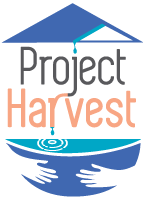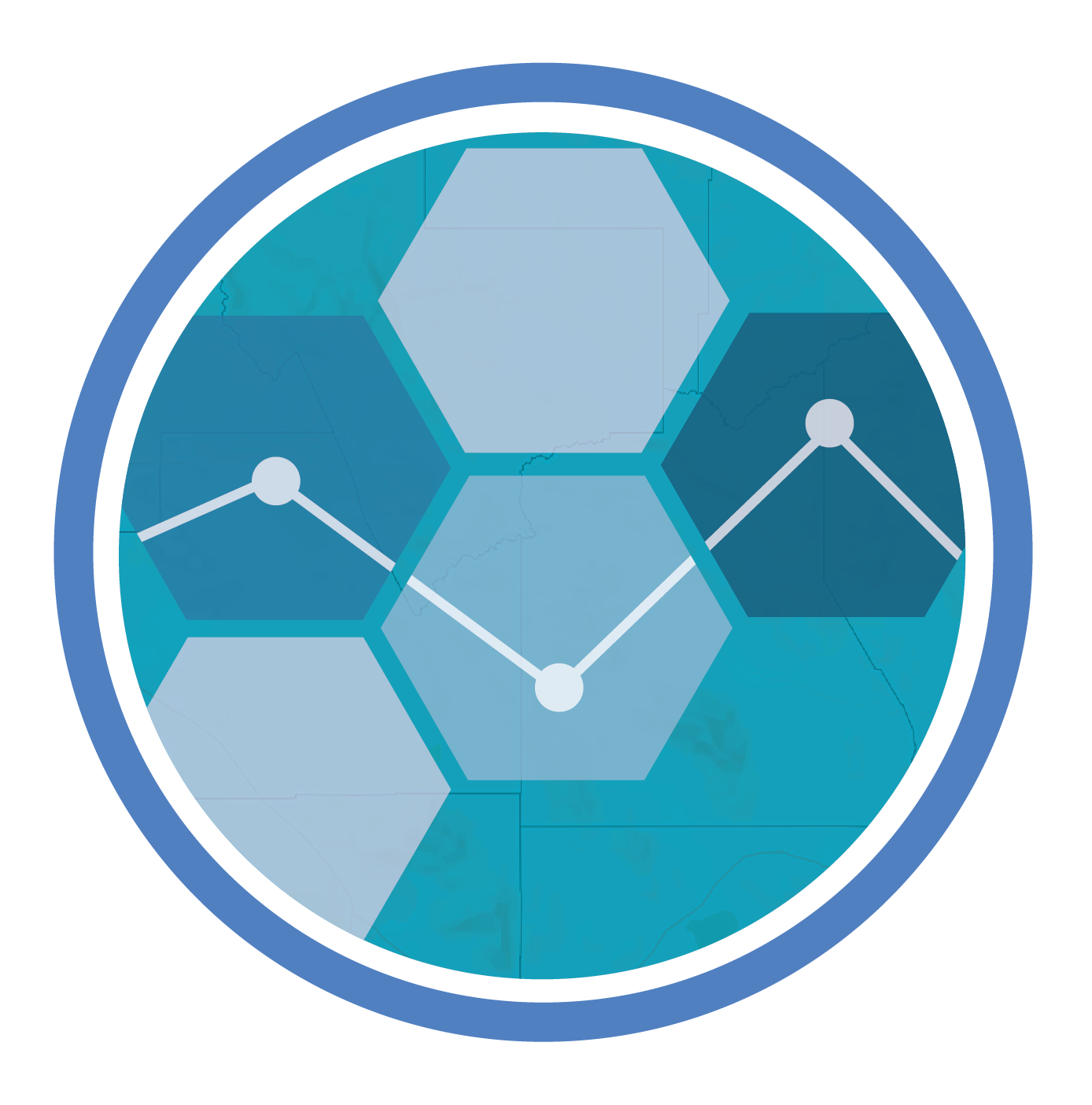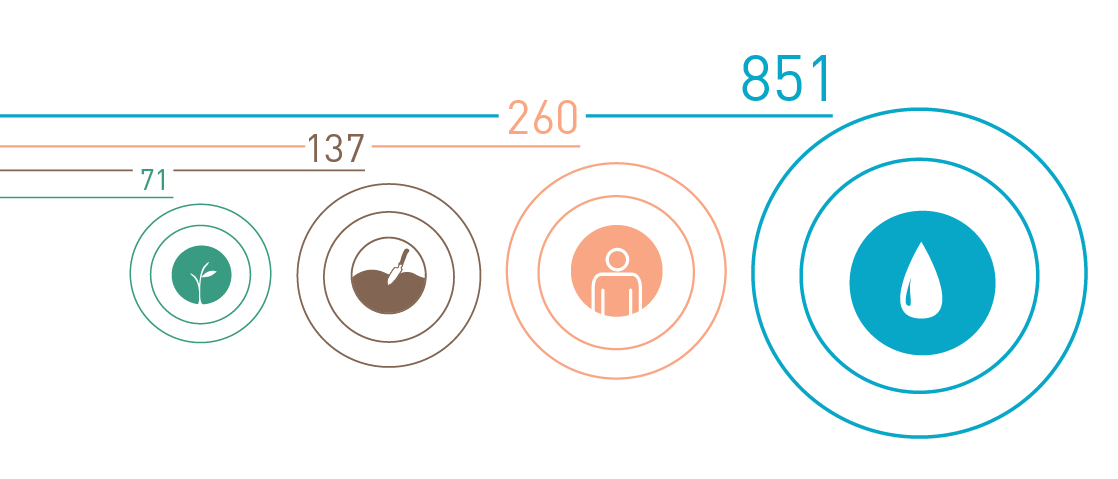Explore Results
We did it!
All three years of Project Harvest data are visualized.
Please choose how you would like to see the 2017-2020 data.
Strength in numbers
184 participants provided 3,473 total samples
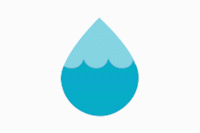
Winkleman
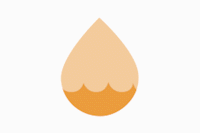
Miami
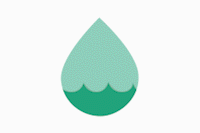
Humboldt
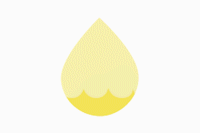
RECEIVED DIY & LAB PARTICIPANTS KITS
Project Harvest participants were randomly assigned to one of two sampling groups. Participants in the lab group collected rainwater, soil and/or plant samples throughout the year to be analyzed at University of Arizona laboratories. The DIY group was provided materials on how to collect rainwater and soil samples, perform contaminant analyses for arsenic and microbial contamination and interpret results at home. The DIY participants submit their results, rather than samples, to university researchers.
DIY Kits
LAB Kits
DIY Kits
LAB Kits
DIY Kits
LAB Kits
What did we learn?
In 2019-2020 only the first and last winter samples are reported. We had to cancel the first and last monsoon sample seasons due to COVID-19
Percent of samples that detected each contaminant by community
Percent of samples that detected each contaminant by year
Percent of samples that detected each contaminant by community
Percent of samples that detected each contaminant by year
Please note that metals occur naturally in the environment. While we can measure the level of a metal in certain substances, it is difficult to know the original source of the metal. For example, arsenic may be found in soil in many parts of the state because it naturally occurs in these regions.
Percent of samples that detected each contaminant by community
Percent of samples that detected each contaminant by year
Please note that metals occur naturally in the environment. While we can measure the level of a metal in certain substances, it is difficult to know the original source of the metal. For example, arsenic may be found in soil in many parts of the state because it naturally occurs in these regions.
Videos
Coming soon.To view the online documentation materials of Project Harvest contaminants and standards and/or reference values, click the icon below.
If you know how to interpret your results already, please proceed to “See Results.” If you need a refresher, or are viewing the results for the first time, please clickon the following icons to download the introduction PDFs, which show you the project overview, important terms and references, and how to read your results.

